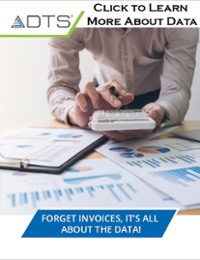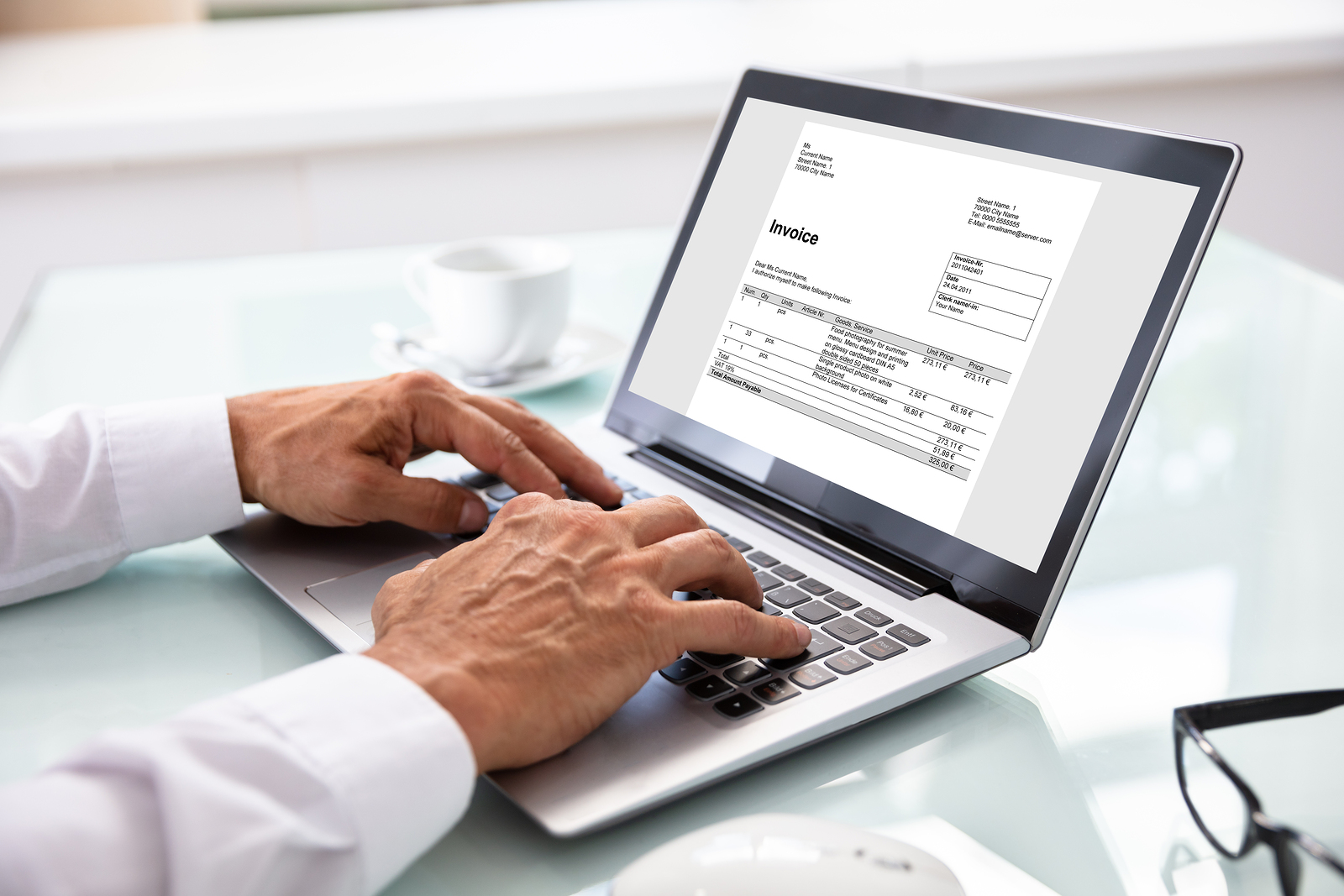Topics: sales, marketing, company info, data, tax, use and sales tax
Topics: sales, marketing, company info, data, tax, use and sales tax
How are You Ensuring Automation is Giving you the Correct Answers?
Most companies unfortunately experience significant transaction tax errors each month, and the root causes for these errors are simply too voluminous to list. Nonetheless, we have found the number one issue behind all such errors is incorrect and/or omitted data. So, if you want to significantly reduce your chances of having tax errors, you need to constantly review the information going to the tax engine, as well as the answers coming out.
Topics: sales, marketing, company info, data
Do you have good data? How Three Simple Questions Can Recreate Your Approach
Are you collecting, storing, and using the necessary data to ensure your tax calls are correct? If you’re not sure, you might want to see if your data can answer these three key questions…
1. What is Being Purchased?
This is fairly simple, or so it would seem. Did you know a good portion of companies can only see that something was purchased, but they can’t tell specifically what it was? I know that seems ridiculous, but I assure you we see it all the time. Often, the reason is because Accounts Payable isn’t required to key line-level detail into their payment system. However, it sometimes happens when line-level detail is keyed but then rolled up, or consolidated, for other business purposes. Regardless of the reason, you need to ensure all purchase information is collected and stored at the detailed line level. It might seem obvious, but this is an essential step that is too often ignored!
2. Where is it Going?
Once you can safely determine what is specifically is being purchased, you need to know where the transaction occurred. For smaller companies, this is usually simple, as there is often only one location. However, larger companies are another story. The answer gets exponentially more complicated when there are multiple locations, companies, business units, etc. As such, Cost Center, Profit Center, and Buyer Ids tend to become invaluable to help solve the mystery.
3. How is it Going to be Used?
It seems like knowing what is being purchased and where it’s going should be enough to drive an accurate tax result, right? Unfortunately, no. Companies operating in “exemption-rich” industries still need to know more! They need to know how the purchase going to be used. Again, this seems obvious; after all, a hammer is used for hammering, a computer is used for computing, and a drill is used for drilling. It almost seems like the “how” is right there in the name. Yet, computers can be used for accounting, manufacturing, or organizing human resources information. Even less-complicated tools, like hammers and drills, can be used at various stages of production, or can be incorporated into a piece of equipment, or can simply be part of a tool box in a supply closet. The purpose may not be so obvious, so your data needs to reflect how the item will be used so you can tax it accordingly.
 Running through this three-question process will ultimately help you determine if you have good data. If the data you’re leveraging for your tax calls can answer each of these questions, you’re likely on the right track and ahead of the curve. But if it can’t, you may be overpaying your tax obligation and/or taking on unknown risks!
Running through this three-question process will ultimately help you determine if you have good data. If the data you’re leveraging for your tax calls can answer each of these questions, you’re likely on the right track and ahead of the curve. But if it can’t, you may be overpaying your tax obligation and/or taking on unknown risks!
Topics: sales, marketing, company info, data
Affordability
The third and final cornerstone is Affordability.
All companies can benefit from implementing tax automation on their purchase-side, but unfortunately the vast majority of available options are priced well outside the reach of the middle-market. Without such automation, companies in this market segmentation tend to overpay their obligations, have compliance issues and/or get hit with surprise audit assessments. None of which is good when money is in heavy demand for a growing business.
TaxView Express will ultimately save your business tens of thousands of dollars each month! Not only is it one of the most cost-efficient solutions available today, it also comes with the company’s exclusive “Zero Fee Guarantee.” This means, if your benefit doesn’t exceed twice your cost, you don’t pay!
It only takes $5,000 to get started with TaxView Express. This setup fee covers the development of your custom environment, as well as the build-out of your JE writer for journal entry extracts. After set-up, you pay just $2,500 per month.
TaxView Express takes a specific and unique approach that amplifies accuracy, simplicity and cost savings. No longer do middle-market companies need to spend an exorbitant amount of time and money to achieve the same benefits of those larger companies with dependable tax automation. The utilization of our smart technology provides maximum flexibility and is designed to always stay up-to-date with unmatched accuracy and simplicity at an affordable cost.
Dynamic Tax Solutions, Inc. (DTS), was established in 2009 by founders with collectively more than 40 years of experience in sales and use tax accounting and auditing. Over the last decade, DTS has helped many of the largest companies in the world to identify and correct their purchase-side transaction tax errors on a regular monthly basis. Understanding that such errors were not exclusive to the Fortune 500, DTS recently developed a new middle-market tax application, TaxView Express, featuring simplicity, accuracy, and affordability. TaxView Express will solve your challenges and ultimately make your monthly accrual process more efficient. To find out more about TaxView Express, click here.
Topics: sales, marketing, company info, data
Simplicity
The second cornerstone for a sound sales and use tax automation function is simplicity.
A good sales and use tax system must be simple in its configuration, ongoing use, and reporting. in my opinion, each of these elements must be understood and managed by tax professionals without the aid of I.T. professionals.
Sales and use tax systems are often far too complex to be used by tax professionals. They often require specialized IT resources to build an interface to an ERP system, they often require complex routines to handle simple decisions, and reporting is rigid. Add massive data files to the mix and you have a recipe to overwhelm a tax practitioner. Too often, I see CFO’s who assume that the sales and use tax function is under control when such expensive systems are implemented to only find out later they are in a worse situation than before when significant over-payments are uncovered or when significant fines and penalties are paid to jurisdictions under audit.
Choose a system that allows tax professionals to do their job. TaxView Express is an application that is a fully hosted, cloud-based software solution that doesn’t require significant IT support or additional hardware. TaxView Express also contains an integrated Express Manager, which serves as your in-app guide, assisting with everything from data import, tax decisions, tax rates, and dynamic reporting. With these and many other features, DTS has made using TaxView Express as easy as checking your email.
To read about the first cornerstone, accuracy, CLICK HERE.
Topics: sales, marketing, company info, data
When it comes to sales and use tax automation, there are three cornerstones of success; accuracy, simplicity and affordability. Although many companies devote resources to automate tax determinations and calculate sales and use tax, they often struggle because they choose tools that lack one or more of these cornerstones. In this three-part blog series, we will dive into each of these cornerstones, why they are important in sales and use tax automation and how TaxView Express can assist by fulfilling all three cornerstones.
Topics: sales, marketing, company info, data
Indirect tax professional are masters?
Do you know an indirect tax professional or have one on your staff? Do you know the person who is responsible for a company’s sales and use tax compliance and accruals? I know hundreds of these gladiators. I was talking with one yesterday and I had a revelation. Indirect tax professionals are masters at “wingin’ it.” AND, most hide this from their boss.
Most indirect tax professionals are sound tax technicians, yet they use very little of that tax technical knowledge because they are busy managing manual processes such as building massive, and often complex, spreadsheets. For example, most indirect tax professionals rely on spreadsheets to calculate a monthly use tax accrual or calculate adjustments to an accrual calculated by a bolt-on tax engine. Most indirect tax professionals are masterful spreadsheet and data handlers, however using and maintaining spreadsheets for indirect tax data is “wingin’ it.”
There are many reasons indirect tax professionals use spreadsheets. Tax professionals, like most finance professionals, have been using them for years because they are easy to build, modify, and send. Also, I think it’s safe to say the vast majority of tax professionals have access to a spreadsheet application. However, spreadsheets are inherently risky for reasons that make them convenient. PriceWaterhouseCoopers’ research has found that 91% of spreadsheets contain, at a minimum, a 5% error margin. A quick Google search yields several other studies by reputable firms that corroborate this finding.
Spreadsheets are susceptible to human error in this scenario because they are populated by copy and paste efforts involving thousands or even millions of transactions. Formulas are input manually, and data is often also entered manually. Spreadsheets are normally built by single employees who are not software engineers and know very little about software documentation and version control.
As I hinted above, I believe many indirect tax professionals do not actively seek spreadsheet alternatives because they are comfortable with using them and are unaware of the risks. I rarely hear about earnest efforts by indirect tax professions to research technology and process alternatives to spreadsheets and presenting those solutions to the CFO, tax director or vice president of tax. In my opinion this is a missed opportunity because I believe most tax directors or CFO’s rely on their indirect tax professional to be proactive. They have hired that person to seek out and present solutions that solve problems and obtain results. If the indirect tax person doesn’t do that, they are “wingin’ it.”
About the Author – Mark Mercer is a Co-Founder of DTS where he helps companies focus to see their sales and use tax errors. When he’s not thinking about golf, Mark is looking for the use tax issue in everything.
About the Company – DTS combines tax technology and proprietary processes to deliver true visibility and powerful analytic tools that allow tax professionals to identify and correct their purchase-side tax errors. Say goodbye to years of expensive bolt-on software implementations, endless reverse audits, and huge audit assessments. The new way is here, and DTS can show you how easy it can be.
Topics: sales, marketing, company info, data
Why Would We Spend the Money on TaxView When we Already Have a Working Tax Engine?
Topics: sales, marketing, company info











